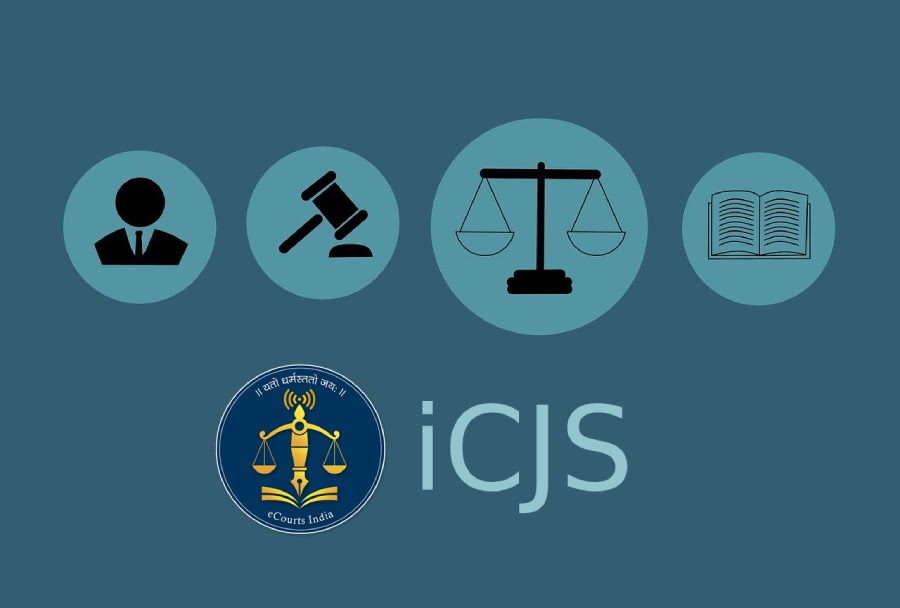Phase 2 of Inter-Operable Criminal Justice System
The Government of India has approved Phase 2 of the Inter-Operable Criminal Justice System (ICJS). This project will cost Rs 3375 crore for the period 2022-23 to 2025-26. This project is being implemented by the National Crime Records Bureau.
Overview:
ICJS Phase 2 would pave the way for more sophisticated and effective policing. The project would be implemented as a central sector scheme. A dedicated cloud-based infrastructure with high-speed connectivity would be used to access the ICJS system.
About Inter-Operable Criminal Justice System (ICJS)
ICJS is a national platform that helps in integrating the nation’s primary IT system for criminal justice delivery. The ICJS project aims to connect the five pillars of the system which are:
- police (through Criminal and Crime Tracking and Network Systems),
- e-Forensics for forensic labs,
- e-Courts for courts,
- e-Prosecution for public prosecutors,
- e-Prisons for prisons.
The initiative will be implemented by the National Crime Records Bureau (NCRB) in collaboration with the National Informatics Centre (NIC) and it will be carried out in partnership with the union territories and the states.
Phases of Inter-Operable Criminal Justice System (ICJS)
In Phase 1 of this project individual IT systems were installed and stabilized along with the search of records being enabled on these systems.
In Phase 2 this system is being developed on the concept of one data, one entry. This means that data will be entered just once in one pillar and is then available in all other pillars without the need to re-enter the data individually in each pillar.
About National Crime Records Bureau (NCRB)
The National Crime Records Bureau is headquartered in Delhi and was set up in the year 1986 under the ambit of the Ministry of Home Affairs. NCRB serves as the repository of information on criminals and crimes to aid investigators in connecting crimes to their perpetrators.
“Crime in India” is published by the NCRB since the year 1953. This report acts as an important tool in understanding the country’s law and order situation.
Month: Current Affairs - February, 2022
Category: Government Schemes Current Affairs • India Nation & States Current Affairs


